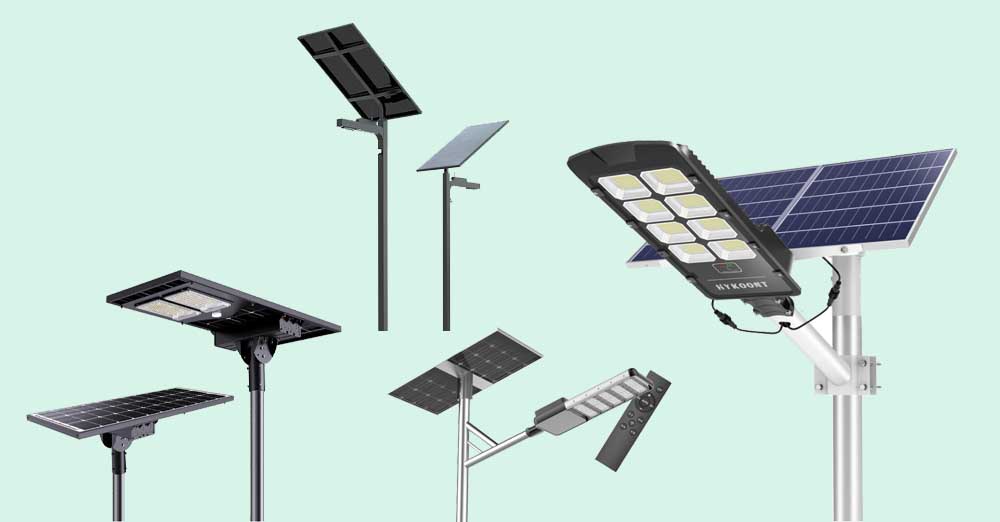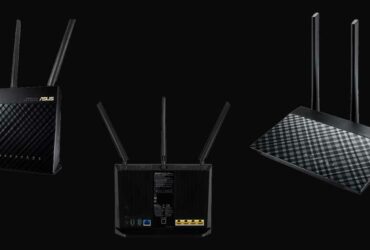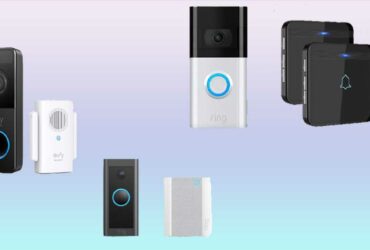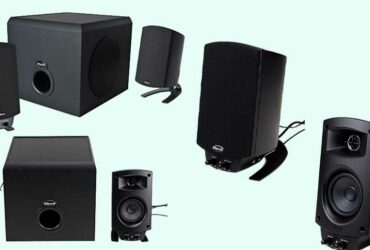Solar systems weren’t affordable for widespread usage until the 1970s, despite being developed as a usable power source in the 1950s. First used to power military satellites during the Cold War, silicon photovoltaic solar cells saw their initial commercial success in places like lighthouses and offshore oil rigs where energy wasn’t readily available.
Photovoltaic cells use an electric current generated by electron transport between the layers of silicon in the cell, which is activated by sunlight, to convert light from the sun into useful energy. For bigger installations, solar photovoltaic systems can be built by connecting solar panels, which typically have between 36 and 72 photovoltaic cells.Batteries can be used to store extra energy for later use. The solar energy sector is continually changing in an effort to create panels that are more compact, effective, and economical.
The perception of solar power is changing today from one of a substitute for conventional energy sources to one of a sensible investment. The costly trenching, wiring, and intricate infrastructure needed for electrical hookups are not essential for the installation of solar-powered lights. The use of recyclable batteries, electronic components, LED luminaires, and easy-to-clean panels lowers long-term maintenance and operational costs. Solar illumination has significant environmental advantages as well. Solar power, which harnesses natural light, is an emission-free, endlessly renewable resource that lowers your carbon impact. Solar illumination may be installed with little physical disturbance because it does not need to be connected to the electrical grid, making it perfect for parks, holy places, and environmentally sensitive areas. Achieving various green building certifications may be facilitated by solar illumination.
Solar illumination alone does not now qualify for any LEED points, but it can still be a useful technique for achieving numerous LEED objectives. Reducing light pollution, improving energy efficiency, producing renewable energy, and other topics may be covered in relevant credits. The criteria for the Green Globes include monitoring and reducing energy use as well as site protection, both of which could profit from the solar lighting’s minimum intrusion. Energy conservation and net positive energy standards are also part of the Living Building Challenge.
Architecture is increasingly using solar design as the field strives to create more environmentally friendly structures. In an effort to reduce the energy consumption of their structures, architects and designers around the world frequently incorporate both passive and active solar design solutions. In comparison to other power sources, solar power is less vulnerable to fluctuating energy prices, offering potential savings in the future. Solar illumination is a dependable source of light in the event of a natural disaster or other power outage.
For locations like parking lots, trails, and remote regions of a property that need illumination for human safety, solar energy is practical when combined with LED lights. It is perfect for short-term requirements like temporary needs at construction sites or as a security backup in places where subterranean wire needs to be replaced or is vulnerable to copper theft.
Off-grid solar lighting installation is quick and simple and requires few tools and resources. In contrast to the weeks needed to install traditional electrical wire, a job can be finished in a matter of days. General contractors and existing work crews can execute the majority of installs without an electrician present because many systems are pre-configured to connect with one another.
When it comes to maintaining building sites, supplying isolated locations with electricity, enhancing individual safety at night, and fending off rising electricity prices, solar illumination is a solution that is becoming more and more appealing. The off-grid solar lighting systems course from AEC Daily will demonstrate the advantages of this technology as an adaptable, cost-effective, and eco-friendly lighting option.
The photovoltaic solar panel, charge controller, battery, and LED driver/LED fixture are the four essential components of a comprehensive solar lighting system that are covered in this course. Each of these components is described in great detail, along with information on how they work to maximize energy efficiency. You will understand how to calculate the array-to-load function and why a larger battery isn’t always the best choice.It is explained how to match the various control options of LED lighting with the other system elements. Together with various case studies of systems in use, advice on what to look for in a supplier is provided.















